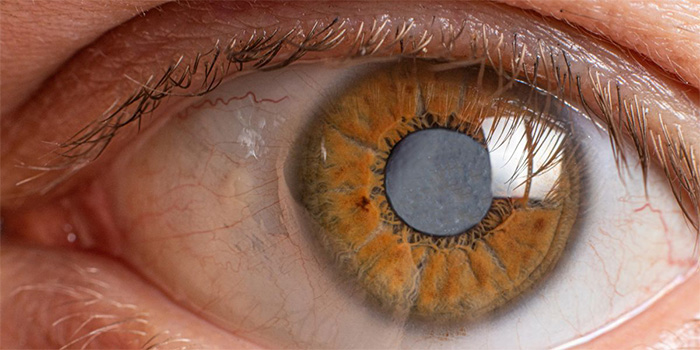High pressure within the eye can damage the optic nerve and cause glaucoma. The condition may manifest as a visibly cloudy lens. However, individuals may not suspect they have glaucoma until they begin to experience patchy blind spots or progressive loss of peripheral vision.
Glaucoma is a group of eye conditions that damage the optic nerve, which sends visual information from your eye to the brain. Often, optic nerve damage is related to high pressure inside the eye, though glaucoma can happen even with normal eye pressure.
Roughly 3 million Americans have glaucoma, though it’s estimated only half know they have it. Anyone can get glaucoma, but some groups are at higher risk: African Americans over age 40, all people over age 60, people with a family history of glaucoma and people with diabetes. Glaucoma is the second leading cause of blindness worldwide.
Currently there is no cure for glaucoma, though early detection can help preserve vision and prevent vison loss. Today is National Glaucoma Research Day of Hope. (January is National Glaucoma Awareness Month.)
Glaucoma is a focal point of research at Shiley Eye Institute. Last year, philanthropists Hanna and Mark Gleiberman donated $20 million to establish a new center and three endowed chairs to help find ways to reverse the effects of glaucoma.
The effort is led by Robert N. Weinreb, MD, chair and Distinguished Professor of Ophthalmology at UC San Diego School of Medicine and director of the Shiley Eye Institute. Weinreb is considered among the nation’s leading experts on glaucoma.
– Scott LaFee
